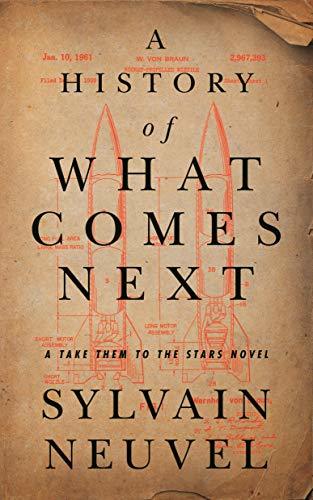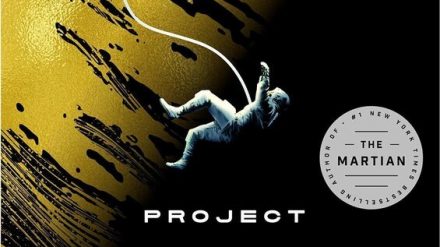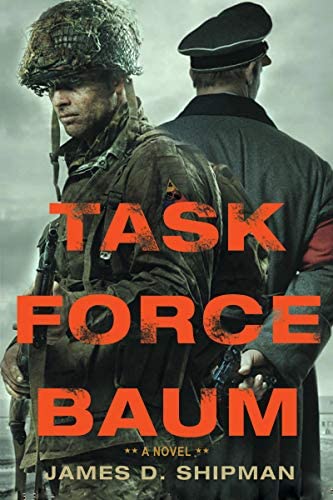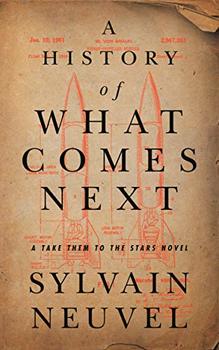
In a clever departure from the conventions of alternate history, the French-Canadian science fiction author Sylvain Neuvel inserts fictional characters into historical events and demonstrates how their influence made things turn out as they actually did. The principal events in question involve the Nazi rocket designers responsible for the V-1 and V-2 “vengeance weapons” and their move after World War II to the United States and the Soviet Union, where they spearheaded competing space programs in the 1950s and 60s. A History of What Comes Next, the first book in a new series, attributes that influence to an unbroken 3,000-year-long succession of women and their daughters who intervene to steer the human race toward spaceflight. I said clever, didn’t I?, not believable. It’s an alternate history of the space race, so the author is allowed to take liberties, isn’t he?
A History of What Comes Next (Take Them to the Stars #1) by Sylvain Neuvel (2021) 290 pages ★★★★★
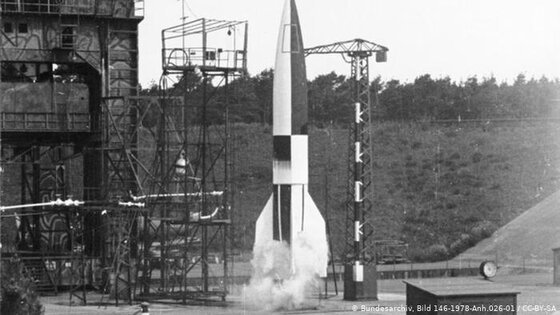
A mission to take humanity to the stars
Neuvel grounds his tale in Carl Sagan‘s well-worn sentiment that “All civilizations become either spacefaring or extinct.” The one hundred generations of nearly identical women who collectively represent the protagonist of this novel have been at work for thirty centuries to bend the history of humanity toward the stars. “The Kibsu” appear to be fully human but are, of course, extraterrestrial, but neither we nor they know how or when they arrived on Earth. The knowledge has long been lost to them. All they know, and they know it with passionate intensity, is that they must move humanity ever closer to achieving the dream of spaceflight. Here, then, is the conceit at the foundation of this alternate history of the space race.
For the Americans: Wernher von Braun
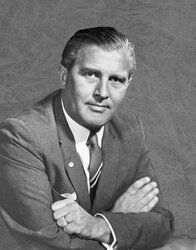
After a brief introduction set in the year 1915, the story opens in the spring of 1945 as World War II is winding down to an ever-grimmer conclusion. Soviet troops are crowding into Germany from the east, Americans from the west. For the five thousand rocket scientists, engineers, support staff, and their families at the Nazis’ Peenemünde Army Research Center, the prospects are bleak. The Russians are close, and most of the leadership at Peenemünde is desperate to surrender to the Americans instead. Enter nineteen-year-old “Mia Freed” of the ninety-ninth generation of the Kibsu. The American OSS has sent her to Peenemünde to persuade Wernher von Braun and his chief lieutenants to follow her toward the American lines. And somehow teenage Mia pulls this off, demonstrating with a seemingly impossible level of sophistication about rocketry that she is far from the “little girl” von Braun at first thinks she is.
For the Soviets: Sergei Korolev
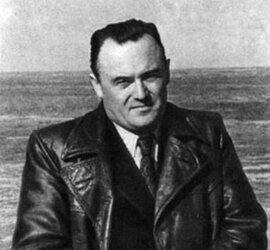
This, of course, is just the beginning of this cockeyed alternate history of the space race. Neuvel’s story winds its way year by year from 1945 to 1961, with digressions along the way to AD 1608, 890 BC, AD 921, and 825 BC. These “entr’actes” gradually fill in some (though not all) of the blanks in the Kibsu’s backstory. Meanwhile, the scene shifts from Germany to the United States to the Soviet Union, where Mia is instrumental in helping Soviet rocket designer Sergei Korolev set off the competition between the two superpowers. Von Braun does fine pretty much all by himself, thank you.
A story firmly grounded in the historical record
Anyone well acquainted with the history of the Nazi “superweapon” projects and the fledgling space programs of the US and USSR will recognize the basis of fact in this exceedingly clever novel. But in a coda to the story labeled Further Reading, the author makes clear that his attention to historical detail went far, far beyond the surface.
Operation Paperclip
Neuvel devoted what was surely years of research to the project. His portrayal of every major element in the story—from the OSS and the work at Peenemünde to Operation Paperclip and its Soviet counterpart, Operation Osoaviakhim, to the American development of the Redstone and Saturn rockets and the Soviet work on the R-series—everything is solidly based on fact.
The leading lights of the space race
Similarly, every major character other than the extraterrestrials Neuvel inserts into the tale is an accurate reflection of a real figure drawn from the historical record. Not just Wernher von Braun and Sergei Korolev, who led the two competing teams in the race to the moon. Major General Walter Dornberger, Lavrentiy Beria, and Hsue-shen Tsien, among others, too. And the incidental characters who crop up in the four historical digressions Neuvel calls “entr’actes“—they all really lived. He’s even puts to work his facility with linguistics, accurately rendering words in Akkadian and other languages unfamiliar to most Westerners. It’s an amazing performance.
About the author

Sylvain Neuvel (born 1973) is a French-Canadian author and translator. Here’s what he writes about himself on his website: “Sylvain Neuvel dropped out of high school at age 15. Along the way, he has been a journalist, worked in soil decontamination, sold ice cream in California, and taught linguistics in India. He’s also a certified translator, though he wishes he were an astronaut. He writes about aliens and giant robots as a blatant excuse to build action figures (for his son, of course).” This alternate history of the space race is Neuvel’s fourth novel. It follows the three books of his Themis Files trilogy.
For further reading
This is one of The best books of 2021.
Previously I reviewed two of the author’s earlier novels:
- Sleeping Giants – Themis Files #1 of 3 (An entertaining if puzzling sci-fi novel)
- Waking Gods – Themis Files #2 of 3 (Aliens, giant robots, and a motley collection of scientists)
For more good reading, check out:
- The ultimate guide to the all-time best science fiction novels;
- Great sci-fi novels reviewed: my top 10 (plus 100 runners-up);
- Good books about space travel, including both nonfiction and fiction;
- Seven new science fiction authors worth reading; and
- The top 10 dystopian novels reviewed here (plus dozens of others).
And you can always find my most popular reviews, and the most recent ones, plus a guide to this whole site, on the Home Page.

